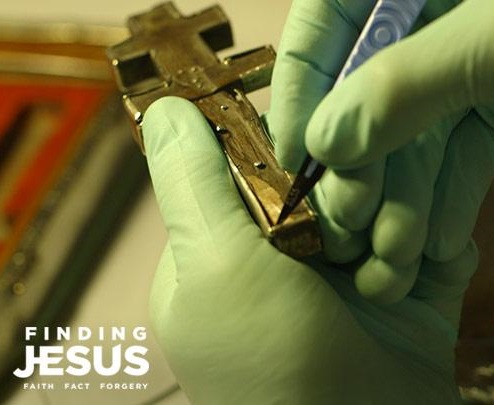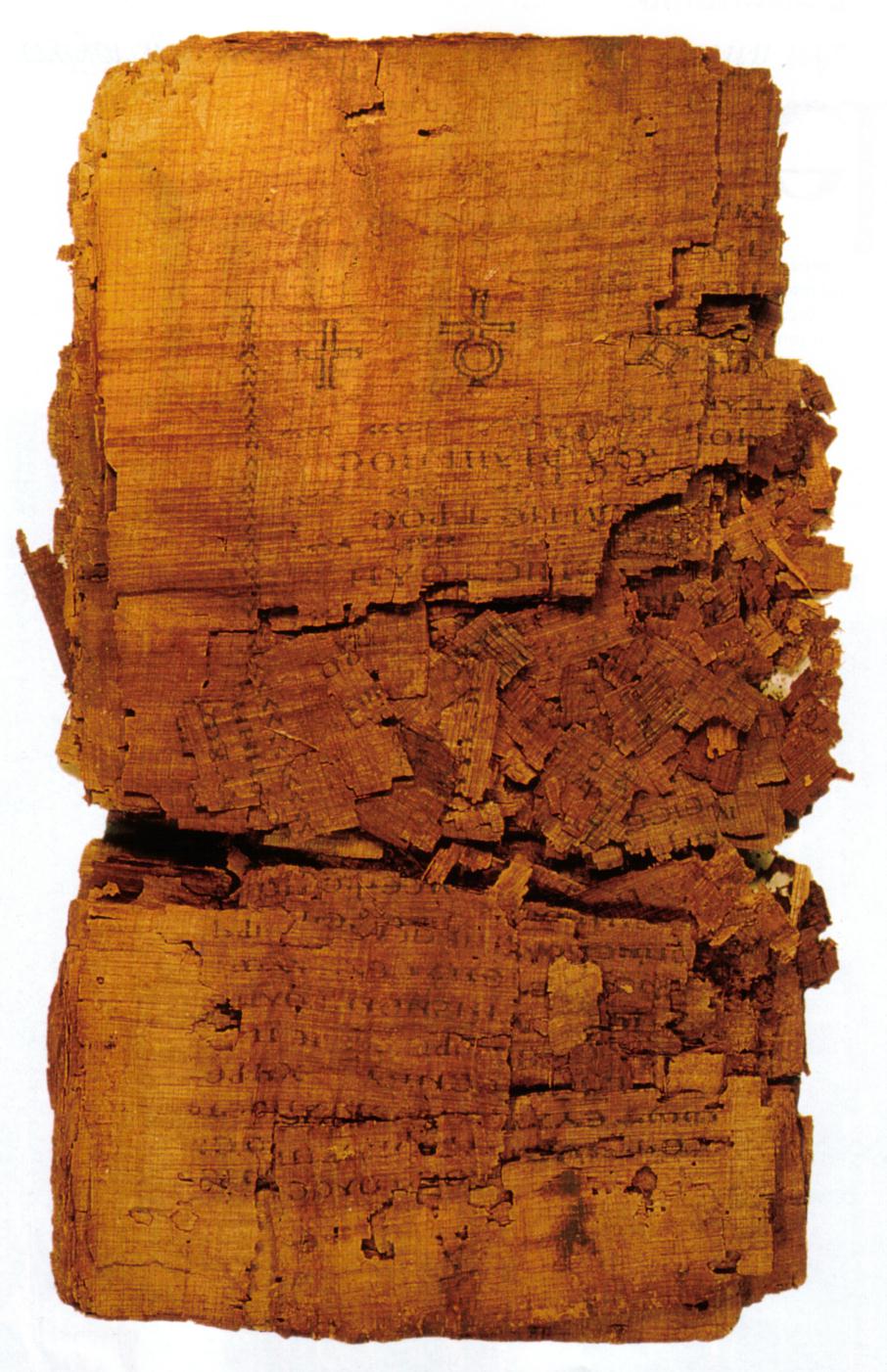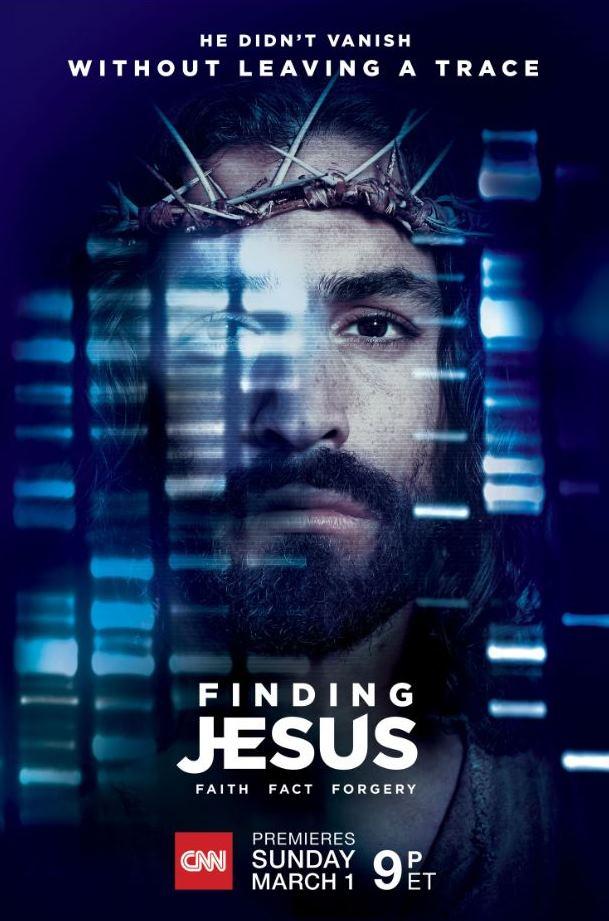Reflections on Teaching Gnosticism Week Eleven: Judas and Mary
Thanks to CNN’s Finding Jesus I was able to sit back and relax a bit this week and let the episodes on the Gospel of Judas and Mary Magdalene do much of the work for me. We began our look at Judas with an overview of his appearances in the canonical gospels, covering some aspects of Judas’ story not mentioned in the documentary, including the additional story about his demise from Acts 1:18-20 (it seems most documentary and filmmakers prefer the story of Judas’ repentant suicide to the one of his fall and bowels-gushing). I couldn’t resist also adding the third story of Judas’ death recounted by Papias of Hierapolis and a brief mention of two other Judas apocrypha: the Latin Life of Judas and the Legend of the Thirty Pieces of Silver. Then we looked at the well-loved scene from the Last Temptation of Christ where Jesus tells Judas that he has to betray him; Judas asks him, “Would you be able to betray your master?” Jesus replies, “No, that’s why I was given the easy job.”
I provided the students with a summary of the major acts in the drama behind the publication of the Gospel of Judas. I touched on a few of them that intersected with my own knowledge of the text (having access to Charlie Hedrick’s initial translation, hearing Louis Painchaud’s paper at the Ottawa Christian Apocrypha workshop). When it came time to mention National Geographic’s publication of the text, I showed them …



